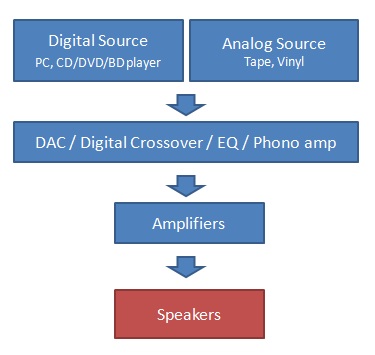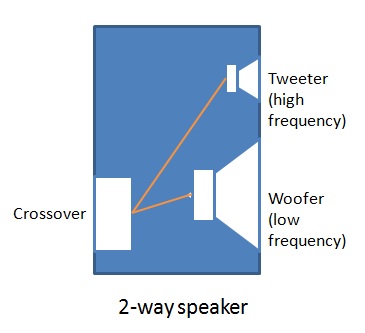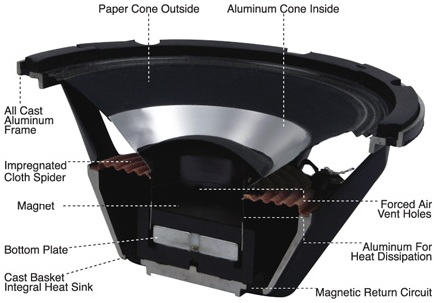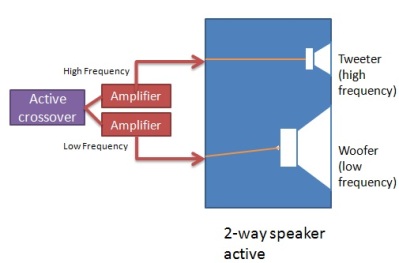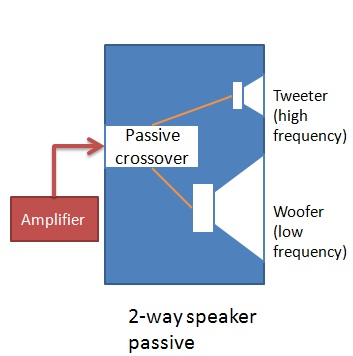|
Speakers
What are speakers, or loudspeakers, or even subwoofers? Before we DIY speakers, we need to understand what they are! They are electro-acoustic devices that convert electrical signal to sound or audio waves. It may just be the individual drivers alone, or the whole speaker itself with single or multiple drivers, crossover and the enclosure.
There are several types of speakers and drivers. Each one of them serves a different purpose. They cover different range of frequencies and their usage models vary. Human listening ranges from 20Hz to 20,000Hz. It is quite difficult to have a single driver covering the full audio frequency spectrum. The frequencies are usually divided and conquered by several drivers, namely tweeters, midrange and woofers. Usually, crossover is used to divide the frequencies into blocks to match the intended driver. The number of frequency blocks divided by the crossover determines the number or ‘nth-way’ of the speakers. For example, if a it is using tweeter to produce high frequency and woofer to produce low frequency, that is a 2-way speaker. Sometimes several drivers are parallel to produce the desired impedance or SPL (sound pressure level) to match the usage.
Let’s briefly look into several commonly used terms so that readers can understand them when we go deeper into designing or using various types of drivers. Driver types Note: frequency specified here is just a generalization; there might be drivers out there that fall out of the ranges.
Driver anatomy This is generally how a driver is constructed of.
Crossover Crossovers are usually used in multi-way speaker system. The crossover splits the audible frequency to different ranges for each driver. Each respective drivers only receive the power for their dedicated range and therefore it won’t be damaged and work outside of the tolerated frequency band. It also lowers the distortion too since the drivers work at their optimum range. Crossover can be active or passive. Active Active crossover is an electronic filter circuit that is placed in between the source and the amplifier where it divides the signal into different bands before sending it to the amplifier to be amplified. Each band needs to be amplified by individual amplifier.
Passive Passive crossover is an electronic filter network placed in between the speakers and amplifier that uses passive components (resistors, inductors and capacitors) to permit only the intended frequency range to the speaker drivers. One amplifier is used to drive both the high and low frequency.
In summary, we’ve looked at this subject at a 10,000ft perspective, from the driver to the speaker as a whole. We shall go deeper into the design itself in other chapters. Stay tuned for more!
Audio Ramblings Art Chamber audio gears Some opinions on Fostex FE166ES-R My bad Tannoy SRM12B eBay experience Ken 
Click here to leave this site and learn about home theater speakers!(open in another window)
Return from DIY Audio Guide / Speakers to DIY Audio Guide
|

